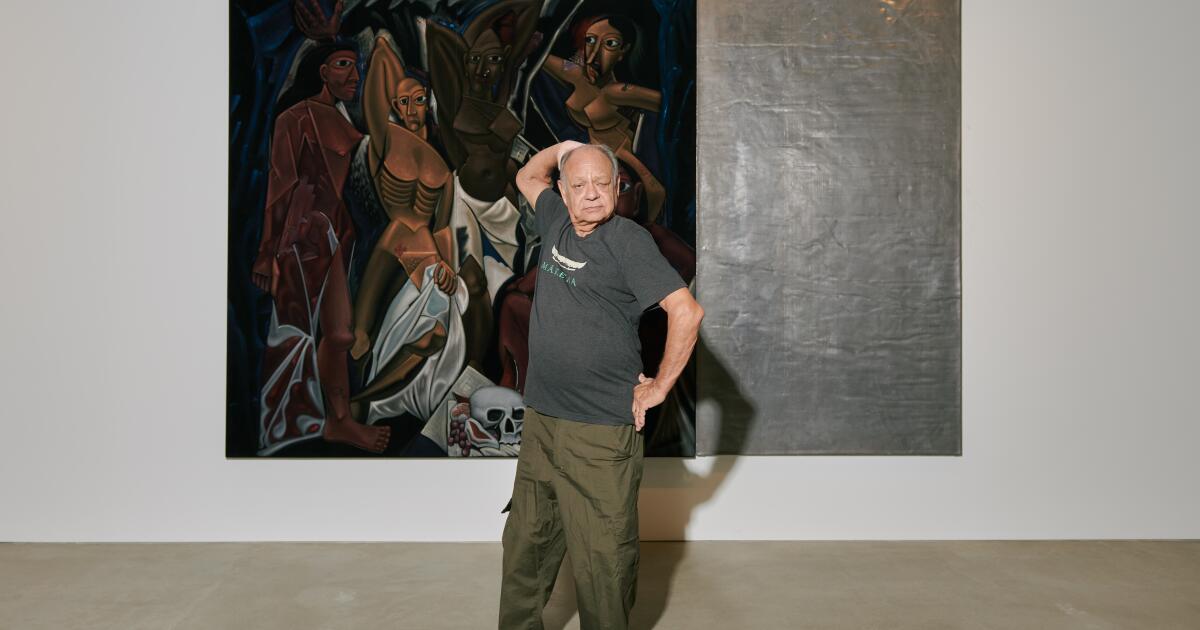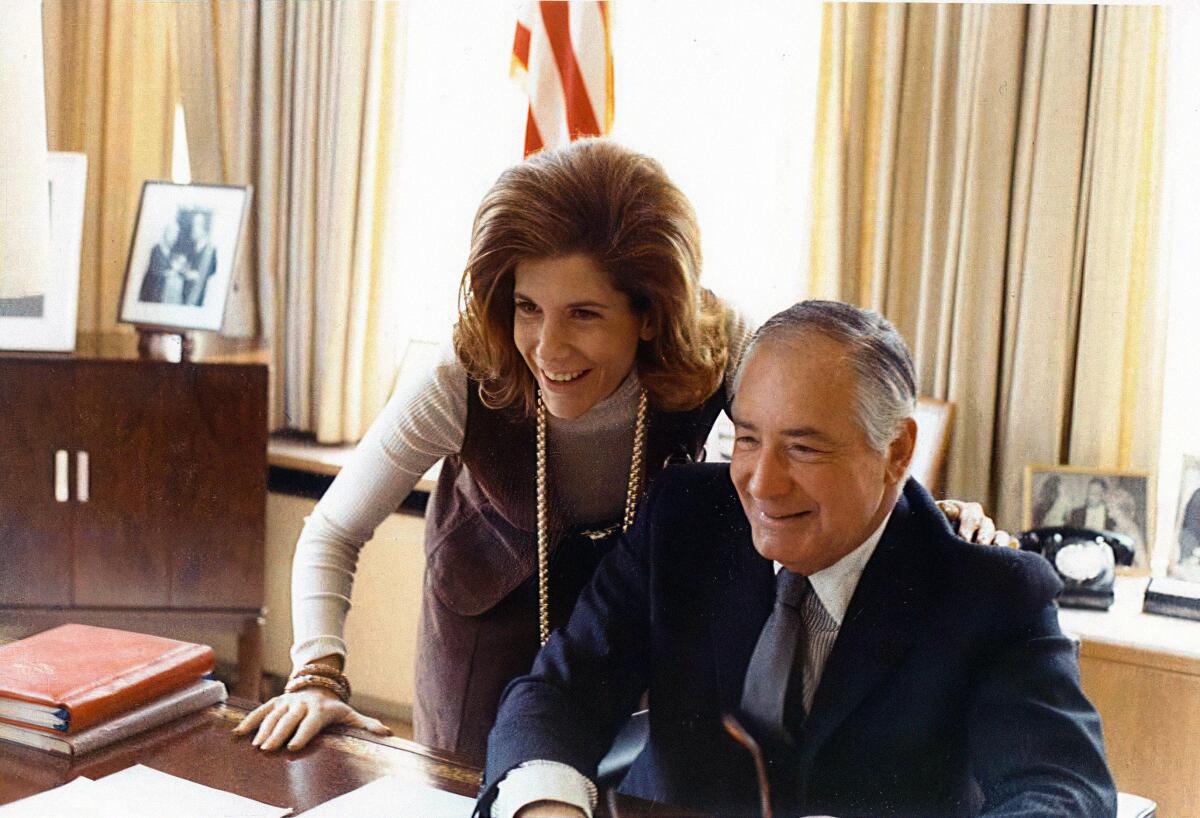Foundation reunites children illegally adopted with biological parents

Oct. 9 (UPI) — After 46 years of searching, 64-year-old María Soto was reunited with her twin daughters, María Laura and Valeska, who were given up for adoption without her consent in 1979 when they were 8 months old.
Because of their low weight, the girls had been admitted to a state institution. But when Soto went to retrieve them, she was told her daughters had been adopted by an Italian couple.
The case became public a few weeks ago, highlighting the work of the Hijos y Madres del Silencio Foundation (Children and Mothers of Silence), which searches for Chilean children who were illegally taken. The twins are numbers 319 and 320 of children the Foundation has successfully reunited with their families.
They were able to reunite thanks to the efforts of one of Soto’s Italian grandsons, who knew his mother had been born in Chile. He sought help from Hijos y Madres del Silencio, which then contacted Soto.
Marisol Rodríguez, founder and president of the Children and Mothers of Silence Foundation, told UPI that between the 1950s and 1990s, an estimated 45,000-plus Chilean children were illegally adopted abroad.
The foundation has worked for more than 11 years to reunite families. Its team cross-checks information in databases, reviews court records and requests DNA tests from those searching for relatives.
The idea grew out of her Rodriguez’s experience. In 1972, her mother was told that her newborn daughter had died, but she was never given the body and there was no record of her pregnancy. It turned out the baby had been adopted in Germany, and the mother and daughter did not reunite until 2014.
“We thought there were just a few other cases. We never realized the scale of what had happened,” Rodríguez said. She explained that over time, more cases began to surface of children searching for their mothers and mothers searching for their children.
Initial information suggested that about 20,000 children had been taken, but Alejandro Aguilar, the judge handling irregular adoption cases in Chile’s courts, said that in 1983 alone, 23,000 children were sent abroad, according to Rodríguez.
“There could have been more than 40,000 children who were sent abroad, plus others who were adopted illegally within the country and remained in Chile,” she said.
Today, more than 306 people are searching for their biological origins, and 504 families are looking for children with the help of the foundation.
According to collected records, the child-trafficking network that operated in Chile charged as much as $30,000 for each child placed in an illegal adoption. Most of the children were sent to Europe — to countries that included Italy, Sweden, Germany, Denmark and France — but cases have also been identified in the United States.
“It is estimated there are about 8,000 cases in that country, but now many people are afraid of being deported and don’t want to file a report. That’s why the number of people searching for their families is much smaller. Others don’t want to file a legal complaint because they don’t want to admit it was an illegal adoption,” Rodríguez said.
Although there are reports of illegal adoptions as early as the 1950s, the peak occurred during the dictatorship of Augusto Pinochet.
“In Chile, there was a state policy, but it was not directly tied to political repression as it was in Argentina, where women had their children taken while they were detained,” she said.
She added that documents show many children were sent to public childcare centers because their mothers were poor. But as those institutions struggled financially, the children were sold to families abroad.
Rodriguez said state agents “took part in these crimes and acted systematically in crimes against humanity.”
“We are talking about the forced disappearance of children. The state must apologize to the mothers and the children — and it must do so quickly, because the mothers are dying,” she said. “I have mothers who are 88 years old, and some have already passed away. They did not give away or sell their children.”
Chilean courts are investigating possible crimes of irregular adoption, child abduction and other offenses in more than 1,500 complaints.
“In just five months, Judge Aguilar has already detained 15 people and is seeking the extradition of one individual in Israel,” she said.
According to Chile’s judiciary, the investigation has so far concluded that in the 1980s, in the city of San Fernando, a network of lawyers, Catholic priests, members of social organizations, health officials and a judge arranged the adoption of children “whose mothers were poor to foreign couples in exchange for payments that could reach up to $50,000.”





